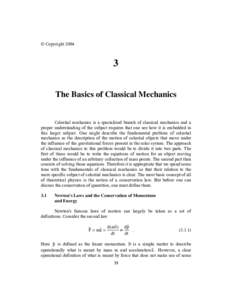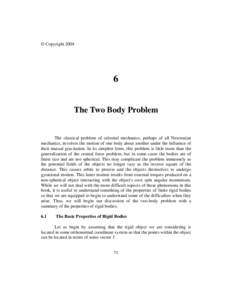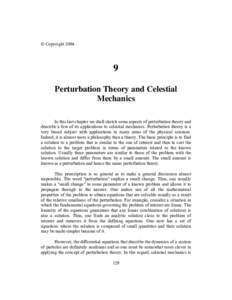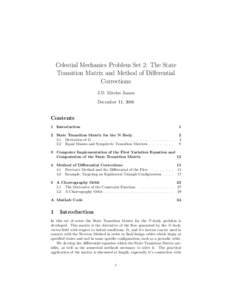 Date: 2014-10-03 13:19:28Celestial mechanics Denfert-Rochereau Fabry–Pérot interferometer Orbit Satellite navigation ILR CNES Transport Spaceflight Technology Satellite navigation systems | |  Impact of 25 years of Etalon-1 and Etalon-2 data. Florent Deleflie1, David Coulot 2,1, Jean-Marie Torre3 and Franck Reinquin4, 1GRGS/IMCCE Observatoire de Paris Université Lille1 UMPC , 77 Avenue Denfert Rochereau, F-75 Impact of 25 years of Etalon-1 and Etalon-2 data. Florent Deleflie1, David Coulot 2,1, Jean-Marie Torre3 and Franck Reinquin4, 1GRGS/IMCCE Observatoire de Paris Université Lille1 UMPC , 77 Avenue Denfert Rochereau, F-75
Add to Reading ListSource URL: ilrs.gsfc.nasa.govDownload Document from Source Website File Size: 52,38 KBShare Document on Facebook
|





 Impact of 25 years of Etalon-1 and Etalon-2 data. Florent Deleflie1, David Coulot 2,1, Jean-Marie Torre3 and Franck Reinquin4, 1GRGS/IMCCE Observatoire de Paris Université Lille1 UMPC , 77 Avenue Denfert Rochereau, F-75
Impact of 25 years of Etalon-1 and Etalon-2 data. Florent Deleflie1, David Coulot 2,1, Jean-Marie Torre3 and Franck Reinquin4, 1GRGS/IMCCE Observatoire de Paris Université Lille1 UMPC , 77 Avenue Denfert Rochereau, F-75